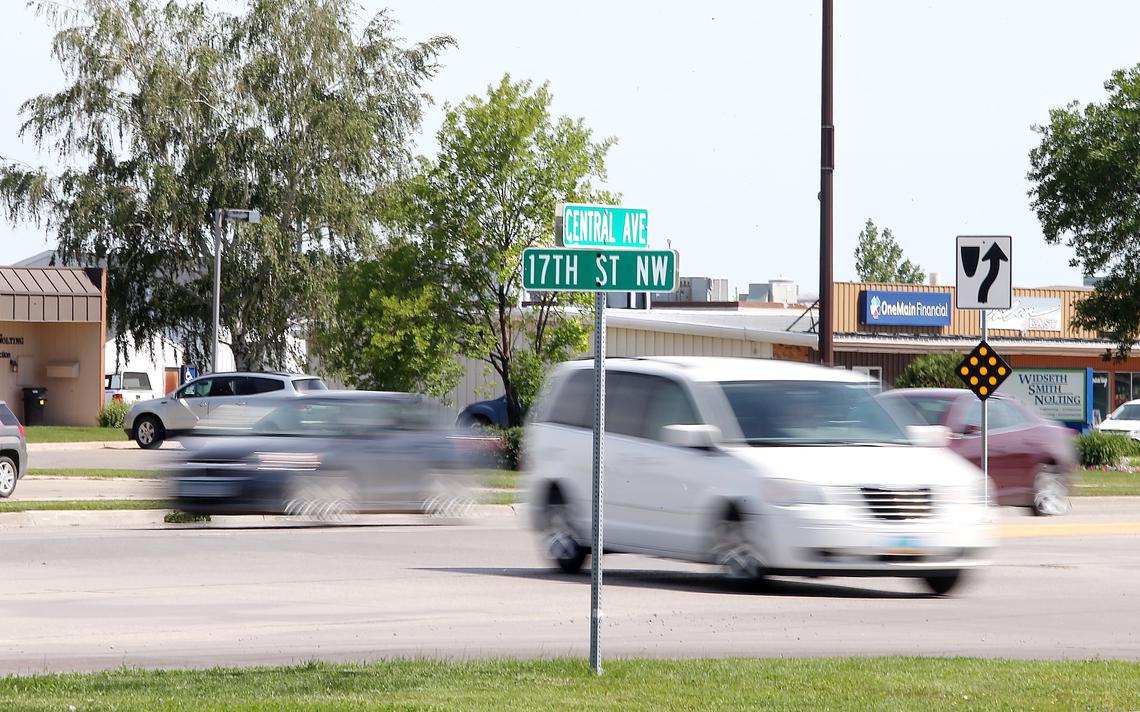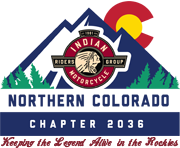
I have been a little lax in my posting of monthly safety tips, so here is my latest…“Reading Vehicle Language”
Motorcycling in general is a risky activity. As a rider, we need to stay focused on those risk mitigation strategies that will help keep us safe. Over the years, I have talked about several things riders can do to minimize risk, but one thing that is overlooked is being able to “Read Vehicle Language”.
What I’m mean here is simply being able to predict what a motorist may do based on the vehicle’s current position or movement. For example, let’s say a car is sitting in the left turn lane at an intersection, but it’s slowly creeping out across the stop line at an angle. This would indicate the driver is determined to make a left turn on the current green light and is probably a more aggressive driver. As you approach, you should be preparing for an emergency stop: rolling off the throttle slightly, right fingers covering the front brake lever and positioned in the lane where the motorcycle would be the most visible to the oncoming traffic at the intersection.
Another example would be you are riding down a county road. As you approach an intersection from a distance, you notice you have the right of way with no stop signs. You see a vehicle approaching perpendicular from the right and they do have a stop sign. You notice the vehicle speed does not seem to change, nor do you see the vehicle’s front end dipping indicating sudden braking. This could be an indicator this motorist is not going to stop.
A final example would be a motorist stopped at a light or stop sign perpendicular to your direction of travel, try to focus on the wheels and not the vehicle. It takes much longer for your brain to pick up on the vehicle’s mass is starting to move versus seeing the wheels starting to turn.
While there are many more examples I could use, the point here is to stay actively engaged in your ride. Notice what is going on around you all of the time. Reading the surrounding vehicles language and being prepared to act early, could keep you from having to take emergency actions later.
Until next time, Ride Safe!

